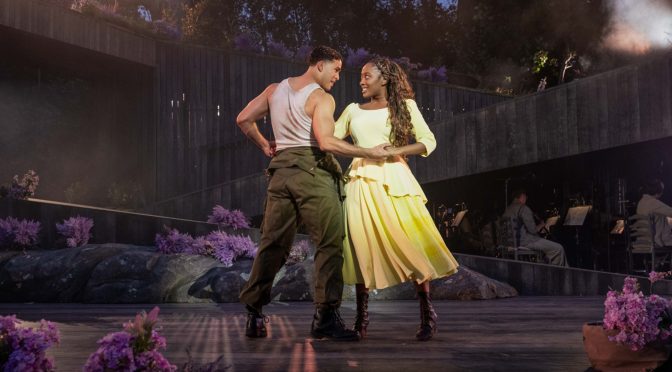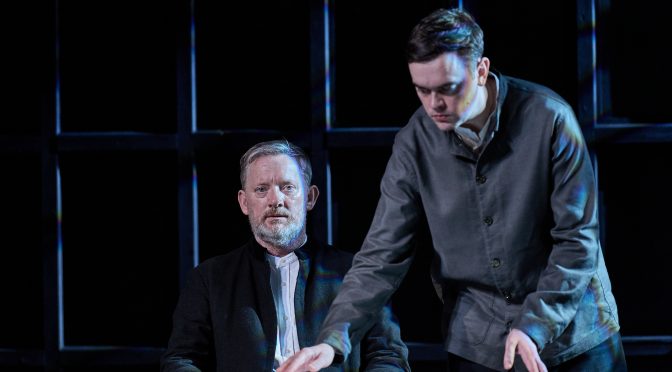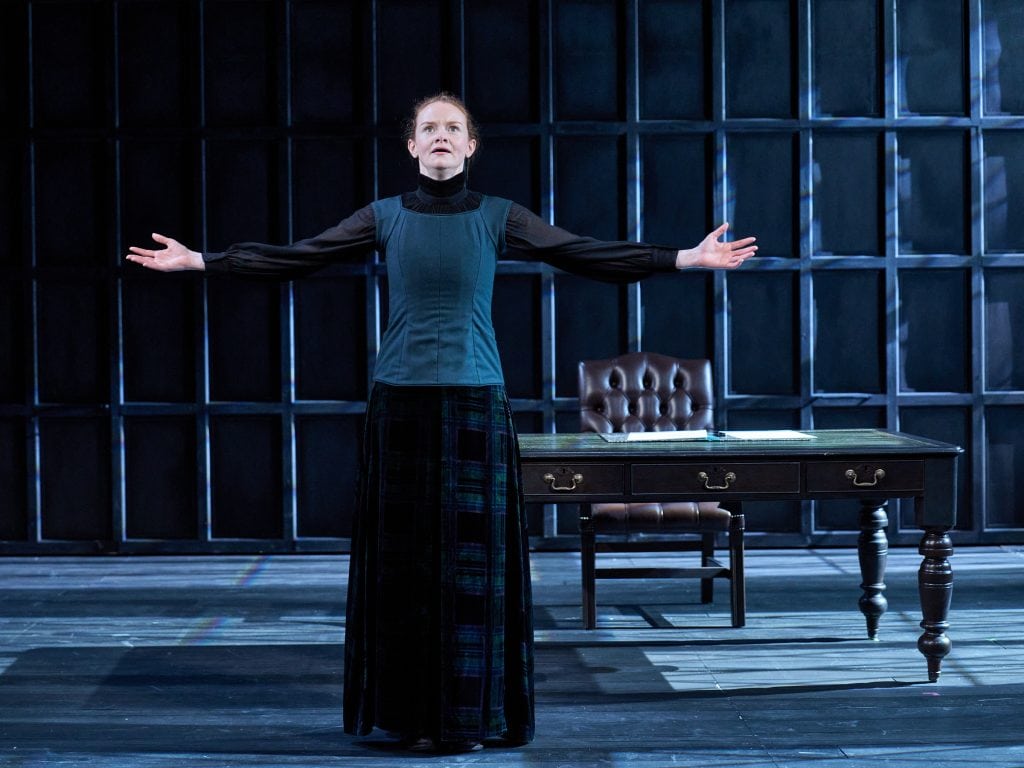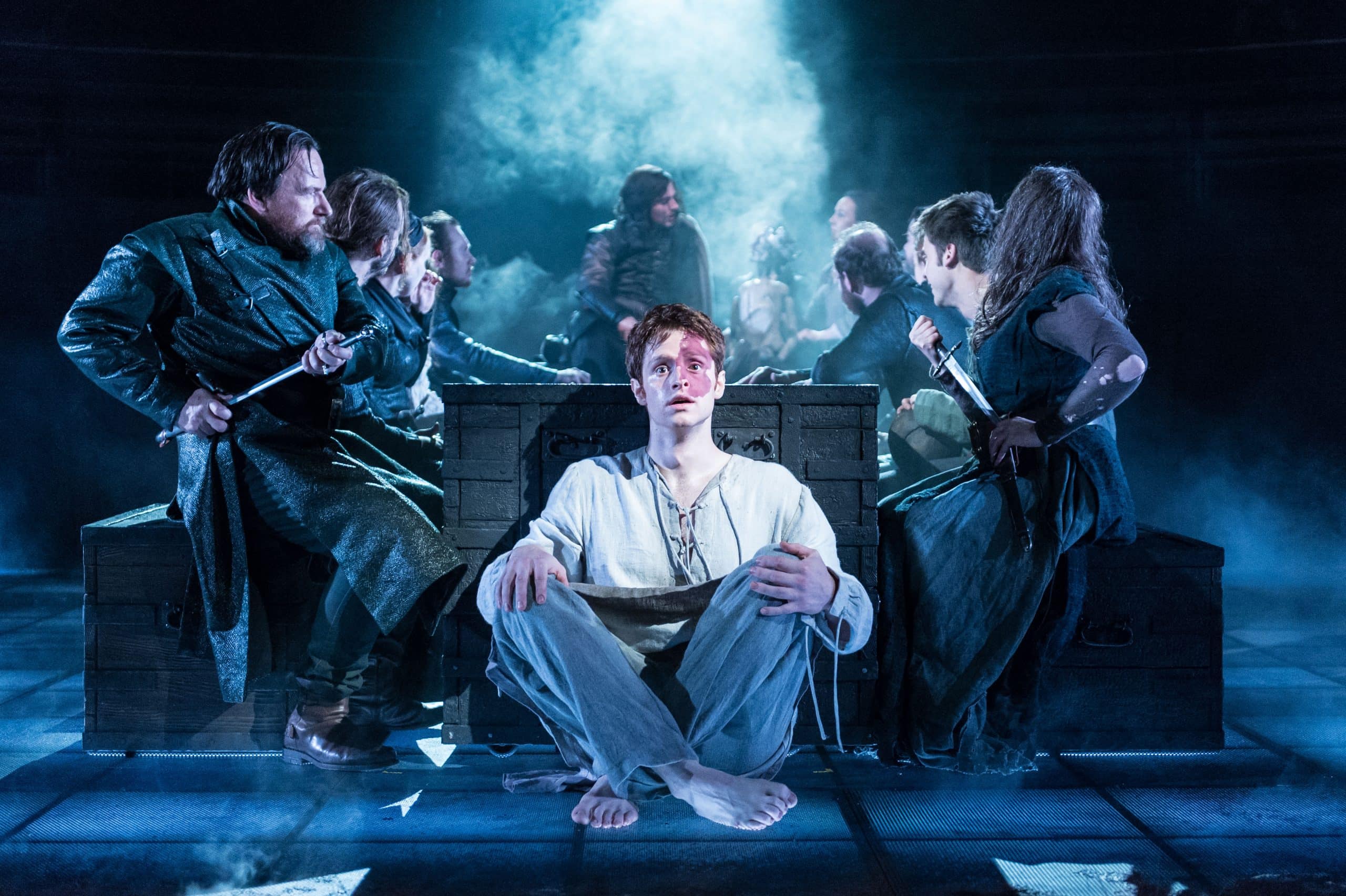“Brigadoon” at Regent’s Park Open Air Theatre
Lerner and Loewe’s show is the kind that people who don’t care for musicals dislike. From the Golden Age of the genre, even with adaptation by playwright Rona Munro, it feels old-fashioned. There are people bursting into song and dance, of course, and all in a mystical village that only appears every century. And there’s little plot to the tear-jerking romance. But director Drew McOnie leans into the hopeless romanticism with abandon. This rare revival is a quality one.
Even if you can let the twee setting – that Munro tries to make interesting – go, the characters are a struggle. It’s hard to claim anyone in the story has depth. But the cast sound good (if a little too keen to bring out accents) and give it their all. The humour is so dated it is dire. The role of Meg shows the problem, despite a spirited performance from Nic Myers, with her flirtation coming across as unhinged.
You’d have a hard heart, though, not to be swayed by the pairs of lovers on offer. Louis Gaunt portrays GI Tommy with suitable machismo. Opposite him, Georgina Onuorah makes Flora (a role she will alternate with Danielle Fiamanya during the run) falling in love at first sight convincing. The chemistry is great. As the younger couple, Charlie and Jean, Gilli Jones and Jasmine Jules Andrews hold their own and it’s all very sweet. Both are exciting performers, the former making a tremendous professional debut.
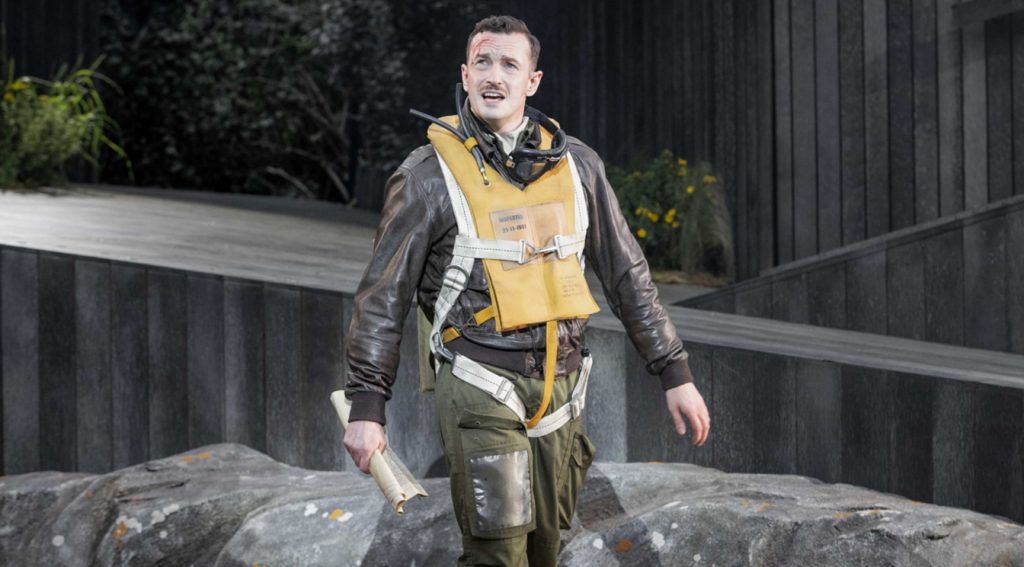
To be fair to Lerner’s book, and Munro’s updating, there’s a lot of love lost in the show, including a tragic ending. It’s a shame this disappointment doesn’t make it more moving. Still, there’s a stronger than most role for Cavan Clarke, as the more cynical GI Jeff. And the lovelorn Harry means that Danny Nattrass can shine. Both could be viewed as villains – it is creditable that this doesn’t happen.
The songs are lovely, if also old-fashioned. The lyrics take a back seat. Musical director Laura Bangay ensures a big sound (well done on the bagpipes and drums). As Nattrass illustrates, the strongest part of the production is the choreography. Given the show’s original date, the amount of dancing isn’t a surprise and, of course, this is McOnie’s forte.
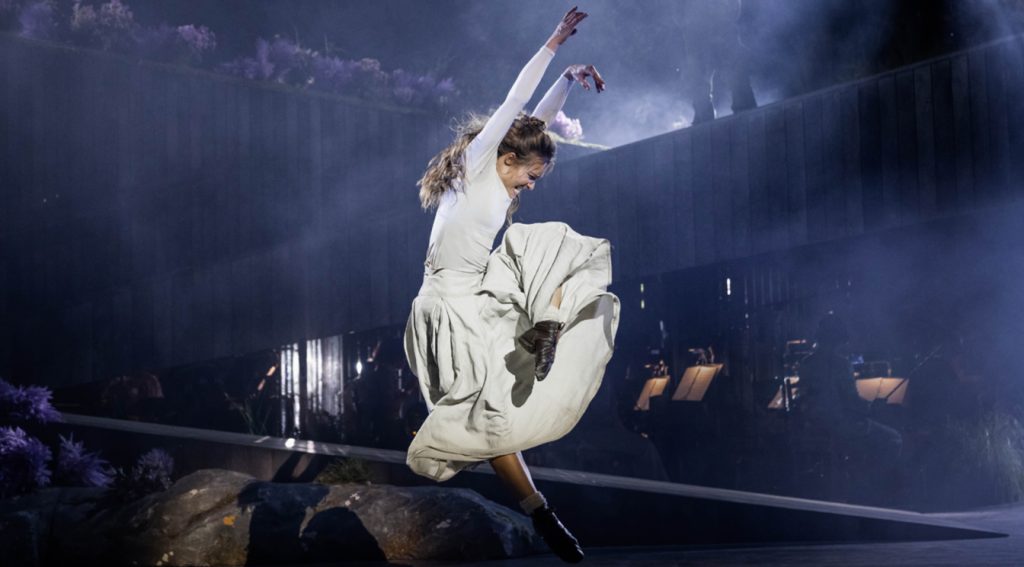
On a surprisingly constrained stage (Basia Bińkowska’s set has ramps, used to great effect) wonders are worked. And lyrical gestures look stylish, aided by Sami Fendall’s costumes. But scenes of violence are even more impressive. Harry breaking up a wedding, the chase scene and a Ghillie Callum (I looked that one up) are all superb. And time is taken over subsequent grief – praise for Chrissy Brooke here.
There are breathtaking moments, although probably not enough to make any converts, but Brigadoon is certainly worth a visit.
Until 20 September 2025
Photos by Mark Senior

